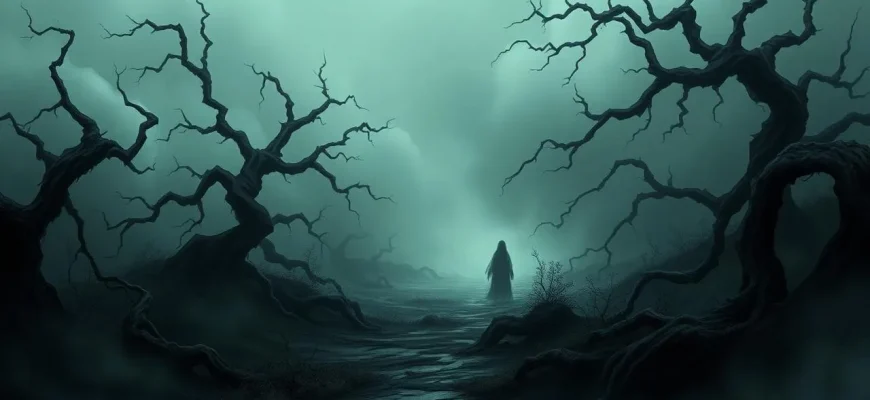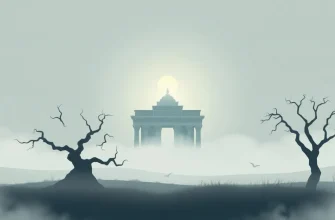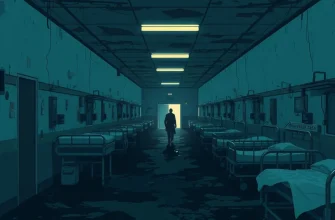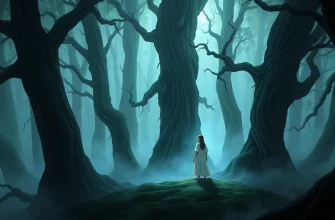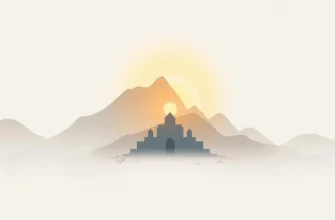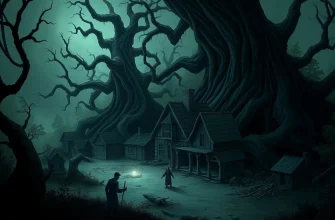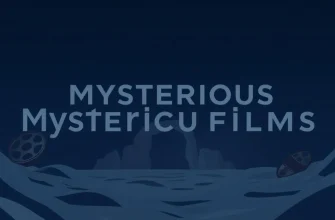Step into the shadows where the land itself whispers tales of terror and mystery. This collection of films delves into the chilling concept of cursed lands, where the ground beneath your feet holds secrets that are better left undisturbed. From ancient curses to modern-day hauntings, these movies offer a thrilling journey through landscapes that are as beautiful as they are deadly. Whether you're a fan of supernatural horror or simply love a good mystery, these films will take you on a haunting adventure you won't soon forget.
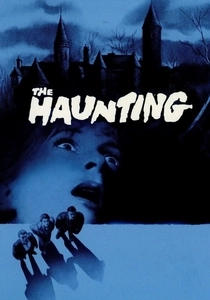
The Haunting (1963)
Description: A group of people with psychic abilities are invited to stay in Hill House, a mansion with a dark history of death and madness. The house itself seems to be alive, cursed by its own malevolent spirit.
Fact: The film was remade in 1999, but the original is celebrated for its psychological horror and minimal use of special effects.
 Watch Now
Watch Now 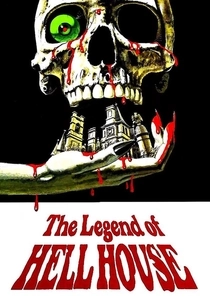
The Legend of Hell House (1973)
Description: A physicist, his wife, a medium, and a mentalist are hired to investigate the Belasco House, known as "Hell House," where the land is believed to be cursed by the malevolent spirit of its former owner.
Fact: The film is based on the novel "Hell House" by Richard Matheson, who also wrote the screenplay.
 Watch Now
Watch Now 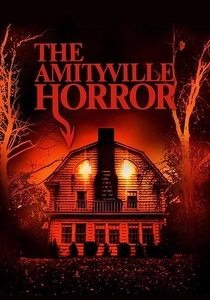
The Amityville Horror (1979)
Description: Based on a true story, this film explores the haunting of a house in Amityville, New York, where a family experiences paranormal phenomena linked to the land's history of murder and despair.
Fact: The house's iconic Dutch Colonial style and the famous "Amityville eyes" windows have become synonymous with horror.
 Watch Now
Watch Now 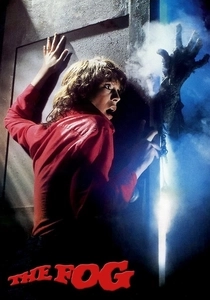
The Fog (1980)
Description: In this John Carpenter classic, a small coastal town is haunted by a mysterious fog that brings with it vengeful spirits from a shipwreck, revealing the town's dark past and its cursed origins.
Fact: The film was remade in 2005, but the original remains a cult favorite for its atmospheric horror.
 Watch Now
Watch Now 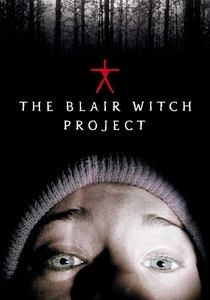
The Blair Witch Project (1999)
Description: This found footage horror film follows three student filmmakers who venture into the Black Hills near Burkittsville, Maryland, to investigate the legend of the Blair Witch. Their journey becomes a terrifying ordeal as they encounter inexplicable phenomena, suggesting the land itself is cursed.
Fact: The film was made on a budget of approximately $60,000 and grossed over $248 million worldwide. It popularized the found footage genre.
 Watch Now
Watch Now 
The Others (2001)
Description: Set in post-World War II Jersey, this film centers on a woman who lives in a secluded mansion with her photosensitive children. The house seems to be haunted, but the real curse might be the land's history and its inhabitants.
Fact: The film was shot in Spain, and its gothic atmosphere was inspired by classic ghost stories.
 Watch Now
Watch Now 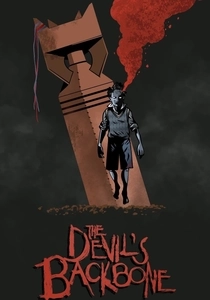
The Devil's Backbone (2001)
Description: During the Spanish Civil War, an orphan boy arrives at a remote orphanage where the land is haunted by the ghost of a child, revealing the dark secrets of the past.
Fact: Directed by Guillermo del Toro, this film blends historical drama with supernatural elements.
 Watch Now
Watch Now 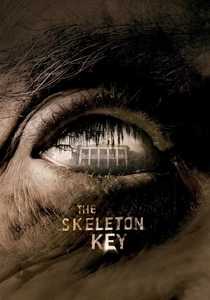
The Skeleton Key (2005)
Description: A hospice nurse takes a job at a plantation house in Louisiana, only to uncover dark secrets involving hoodoo magic and a cursed room where the land's history intertwines with the supernatural.
Fact: The film was shot in a real plantation house, Felicity Plantation, which added to the authenticity of the setting.
 Watch Now
Watch Now 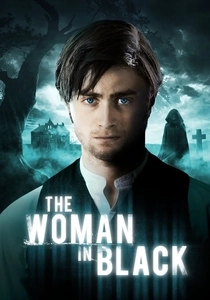
The Woman in Black (2012)
Description: A young lawyer travels to a remote village to settle the estate of a deceased client, only to encounter the vengeful spirit of a woman tied to the land, cursing all who cross her path.
Fact: The film is based on Susan Hill's novel and was a major success, leading to a sequel in
 Watch Now
Watch Now 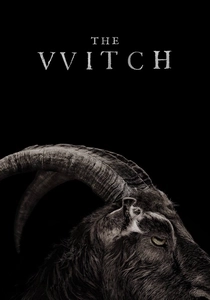
The Witch (2015)
Description: Set in 1630s New England, this film tells the story of a family banished from their Puritan plantation to live on the edge of an ominous forest. The land they settle on seems to harbor an evil presence, leading to a descent into witchcraft and paranoia.
Fact: The film was shot in a remote location in Canada to maintain historical accuracy, and the dialogue was based on actual 17th-century English.
 Watch Now
Watch Now 
